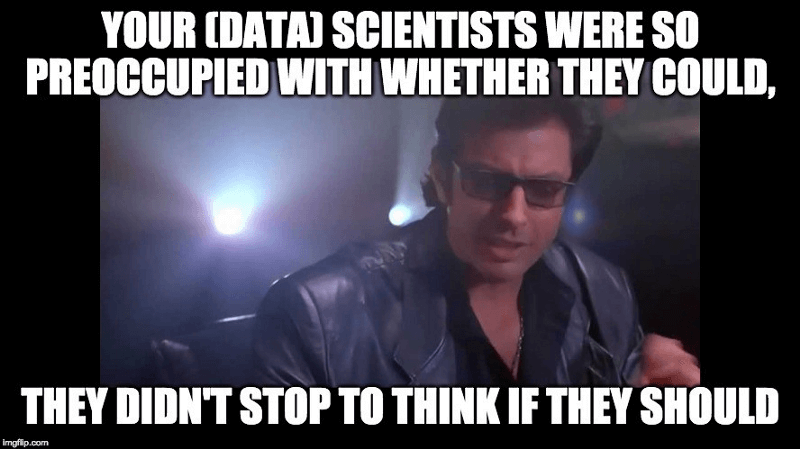
Say Goodbye to Proxies and Hello to LTV Optimize
It’s no secret: the mobile marketing industry is in flux.
Increasing privacy concerns, economic instability, and the rapid consolidation of adtech companies means that a “growth-at-all-costs” strategy doesn’t cut it anymore. Instead, app-developers and marketers are future-proofing their businesses by turning to a new north star metric: customer lifetime value (LTV).
LTV is the revenue a user will predictably offer throughout their lifespan as a customer. In many cases, this lifespan is defined as a set timeframe that can stretch as long as 180 days, 365 days, or more.
However, most advertisers use proxies like D7 ROAS to reach their LTV goals. Short-term proxies often miss out on long-term purchasers and are not accurate predictors of LTV, though. So why are we still using them?
Liftoff just introduced a new feature in open beta so you can say goodbye to proxies and hello to direct LTV optimization. LTV Optimize is an industry-first machine learning (ML) solution that uses your predicted LTV (pLTV) scores to target the best users for your business.
The long road to LTV
Directly optimizing for LTV has been a difficult task years in the making.
Up until 2015, cost-per-install (CPI) models were the go-to choice for in-app advertising. At a time when most apps sold for $0.99, CPI optimization was a great way to quickly grow an app’s revenue and user base simultaneously. Then, apps started moving away from install fees to “freemium” models (download for free, then make in-app purchases). Seemingly overnight, CPI optimization became an inefficient strategy for app developers to generate revenue. After all, what if a user downloaded the app, but then forgot about it and never opened it again? Without an install fee, this user became pointless – and expensive – to acquire.
Cost-per-action (CPA) optimization reconciled this problem by targeting users who were most likely to download an app and complete a desired action within that app. This model allowed app developers and advertisers to acquire users who were most likely to complete events like “register,” “subscribe,” or “purchase,” but came with one major challenge: it limited revenue optimization to one single revenue event. In other words, CPA models targeted users who were most likely to complete one specific purchase event, rather than users who completed the largest or multiple, different revenue events to generate the most revenue.
As a result, advertising partners developed return on ad-spend (ROAS) models that optimized for users who were most likely to generate the highest amount of revenue, first via in-app purchases (IAP) and then via in-app advertising (IAA) revenue. While ROAS models are significantly better at generating revenue than CPA models, they only account for conversions made in the first 7 (or in some cases, 30) days after install.
This is problematic for most apps.
First, users who convert within the first 7 days after installing an app aren’t guaranteed to continue generating revenue for the remainder of the LTV window. For example, some users will make a purchase within 7 days, become unsatisfied with the app, and never make a purchase again. D7 ROAS models will target these one-time purchasers and ignore users who might convert on the sixth, eighth, and tenth days or beyond. This leads to a second concern. ROAS models and other short-term proxies don’t factor in long-term conversions and retention metrics like LTV can. Both of these issues lead to missed opportunities and misaligned metrics.
With all of these glaring issues, what’s kept the industry from directly optimizing for LTV in the first place?
Let’s face it: LTV is hard
Historically, ad networks and DSPs have been unable to directly optimize for LTV for two key reasons: unique LTV calculations and resource-intensive pLTV scores.
Unlike CPI, CPA, and ROAS, there is no one set way to calculate LTV. LTV depends on an app’s unique audience, LTV window, and other factors, so an LTV model that works for one app definitely won’t work for another. Without a standard model, many advertising partners were left without a scalable LTV solution.
Additionally, building LTV models is complicated and requires a lot of resources. Many industry-leading apps optimize for LTV by heavily investing in data analytics teams that assign pLTV scores to their users. These scores are combined with in-house models to forecast future ROAS (pROAS). Then, the data analytics teams work backward from their forecasted goals and try to match short-term proxies – like CPI, CPA, or D7 ROAS – to their most successful LTV users. This highly-complex work requires a massive amount of time and resources that many app developers can’t afford. Smaller developers often outsource LTV modeling to third-party companies, or may not have pLTV scores at all.
The combined lack of LTV machine learning models and user-level pLTV scores meant ad networks and DSPs could only provide short-term proxies for LTV optimization.
What makes LTV Optimize different?
Instead of using proxies, LTV Optimize directly aligns our machine learning models with your LTV goals so you achieve long-term business success.
How does this work? LTV Optimize starts by importing your user-level pLTV scores. Those scores then tailor our machine learning models to target the ideal user for your unique app. Once the models discover and show an impression to a new user, Liftoff will use the newly generated pLTV score for that user (rather than an MMP postback) to further refine and improve our machine learning model. As a result, LTV Optimize is able to acquire the kinds of users who are proven to convert in your app.
During initial testing, early adopters saw significant improvement in both D7 ROAS and pROAS.
LTV Optimize allowed them to:
- Generate the most revenue with direct LTV optimization – no more proxies
- Acquire the best users with ML tailored to their unique audiences
- Optimize for the LTV window that fits their business needs – no more short-term restrictions
LTV Optimize is now available to early adopters who join the open beta. To learn more, contact your account manager or sign up for the open beta today!



